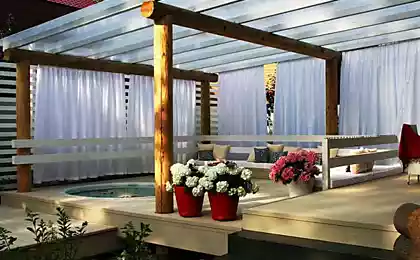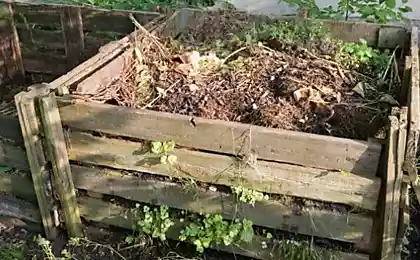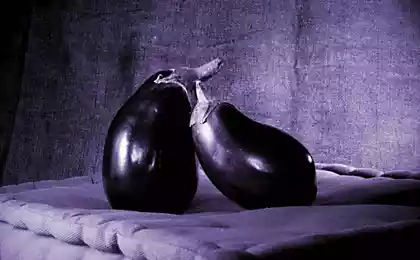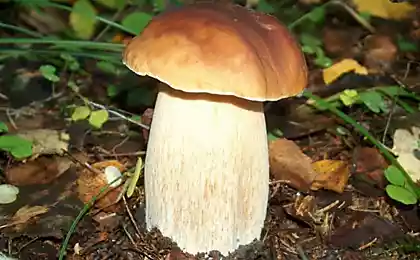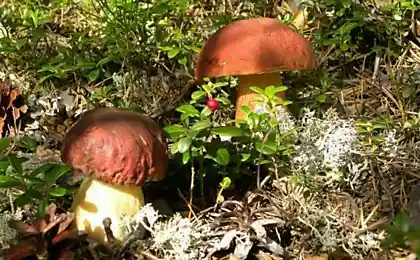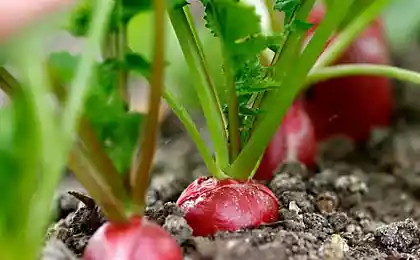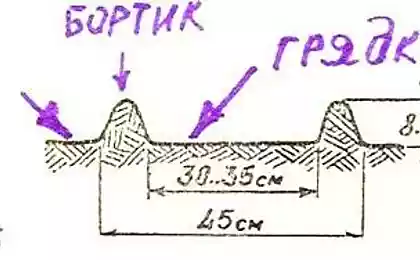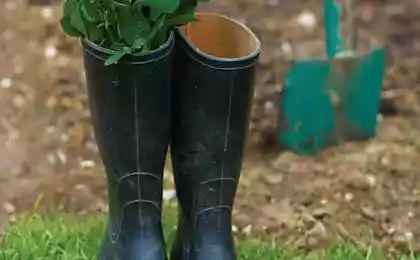509
The secrets of growing lupine cottage

A Lupin I think wild flower, not of interest. And I liked it very much, but near the site is not growing. The soil is acidic, solid peat, is not suitable for these plants. It likes sandy loam and light loam slightly acidic or neutral. On sale now large selection of hybrid perennial lupine of different colors. I bought a couple of bags of multi-colored mixture and friends gathered seeds regular purple. In the spring we planted on prepared seedbed. The seedlings were not very friendly, and the summer grew poorly, and after the winter they left even less. My dream about Bush mixed colors lupine seemed to be unrealizable, but by the summer the bushes are well grown and bloomed, showing their color. Purple proved to be more than others. In autumn collected seeds and just scattered them under the cherry, sea buckthorn, currants, etc. in the Spring found a lot of seedlings, and in the winter went good, sturdy bushes. Check on the site can be considered valid. Left to spread the lupine at the edge of the ditch, along the road. There was a thicket of weeds. Prepare a place to land I was not possible. Throw some seeds in the grass would have amounted to just throw them away. As Lupin cope with these competitors, when barely survived in comfort in the garden? But the experience of autumn planting very well established. I decided to try on a small area. When lupine seeds are ripe, but not yet spilled out of their houses ( pod shattering occurs in about 8-10days), mowed the weeds, and laid the stems of lupine. The company added stems sweet Williams, also from seed. And it worked! A year in bloom and the lupine and Dianthus. Of course, the carnation was not so elegant, because they grew up without the slightest care. And it belongs to perennials to be grown as biennials. Lupin grows well without any care, as it is on the edge of the ditches sandy soil without stagnant water.
If you use seed propagation, Lupin gives the breakdown by color. The purple color is most dominant, and white is lost faster than anyone. To true-bred seeds is possible only at observance of spatial isolation. Of those that I picked myself, mostly turned out blue, purple, pink colors. You can use cuttings, the spring the basal rosettes or side shoots in the leaf axils, developing in summer. This way I only have plans for the most beautiful. One contender already. My seeds turned out amazing, almost white with lilac — pink mist color.
I had a lot of Lupin, to easily to improve the soil, suppress weeds, beautiful flowers, material for mulching and fertilizing. Then came the next stage when I became an important color. Bought two bags with white and scarlet flowers. Given my experience, the fit held in the fall, dry seeds to a depth of not more than 3 cm, in a specially made bed. Lupin absolutely not tolerate lime and acidic soil. Need phosphorus and potassium elements. So I added ash, dolomite and superphosphate, sand, some clay. Not watered. Lupine seed germinate at a temperature of 2-3 degrees, endure frosts to -5,-7. Freshly picked have a very useful feature. They are unable to germinate until the period of ripening, which длиться2-5 months. Fall planting completely free from the risk of premature germination. At my disposal were the seeds that were stored for more than a year, so this advantage is not possessed. Scarification and imbibition in natural conditions has clearly benefited. Seedlings were friendly and sturdy. To permanent white and red were seated away from each other. Lupine stem root system, so should immediately put in a permanent place or seat in the phase of 1-2 true leaves. Red took the place under the plum, white placed next to the tree. Under a plum tree, settled down well, quickly raskulls, bloomed the following year. They say that if it blooms in the first year of planting, it will be short-lived. Lupine under tree grow not want. Two years of torment and completely withered. Increased acidity, the lack of light and moisture led to the death of the plant.
Lupin unpretentious, but to grow without care it will be just in the right place, within 5-8 years. This figure depends on the conditions and purposes of cultivation. Annual collection of seeds weakens a plant, which leads to quicker hair loss. Cut the bushes at the end of flowering, where they're needed for the first half of the summer. In phase beginning and full flowering pruned for repeat flowering late in the season. In the fall cut all stalks, leaves leave. Height trimming 3-4 cm lower temperatures, the plants are exhausted and can die. For seeds leave the minimum quantity that I need. Green cut use for mulching, for making liquid fertilizing etc. Lupin quite aggressive, this technology will not give self-seeding, not crawling to the neighbors. He nobly takes the place, in accordance with their known dimensions. Therefore, when you plan to leave a minimum distance of 50 cm.
In the garden grew 3 Bush lupine, reclaim land for further planting and decorated the landscape. It's time to remove them. These colors has another secret, which I successfully use. In summer the flowering stage of Lupin dormant buds become unviable. I cut the root of the neck with plane and sent them to the compost. All the greens and the roots are left for fertilizer. No seedlings of lupine on this place then was not observed.
Here's a simple, at first glance, the flower has a lot of secrets and features. It use the beauty and ruggedness able to win the heart of any gardener.
Source: vcvetah.ru/


